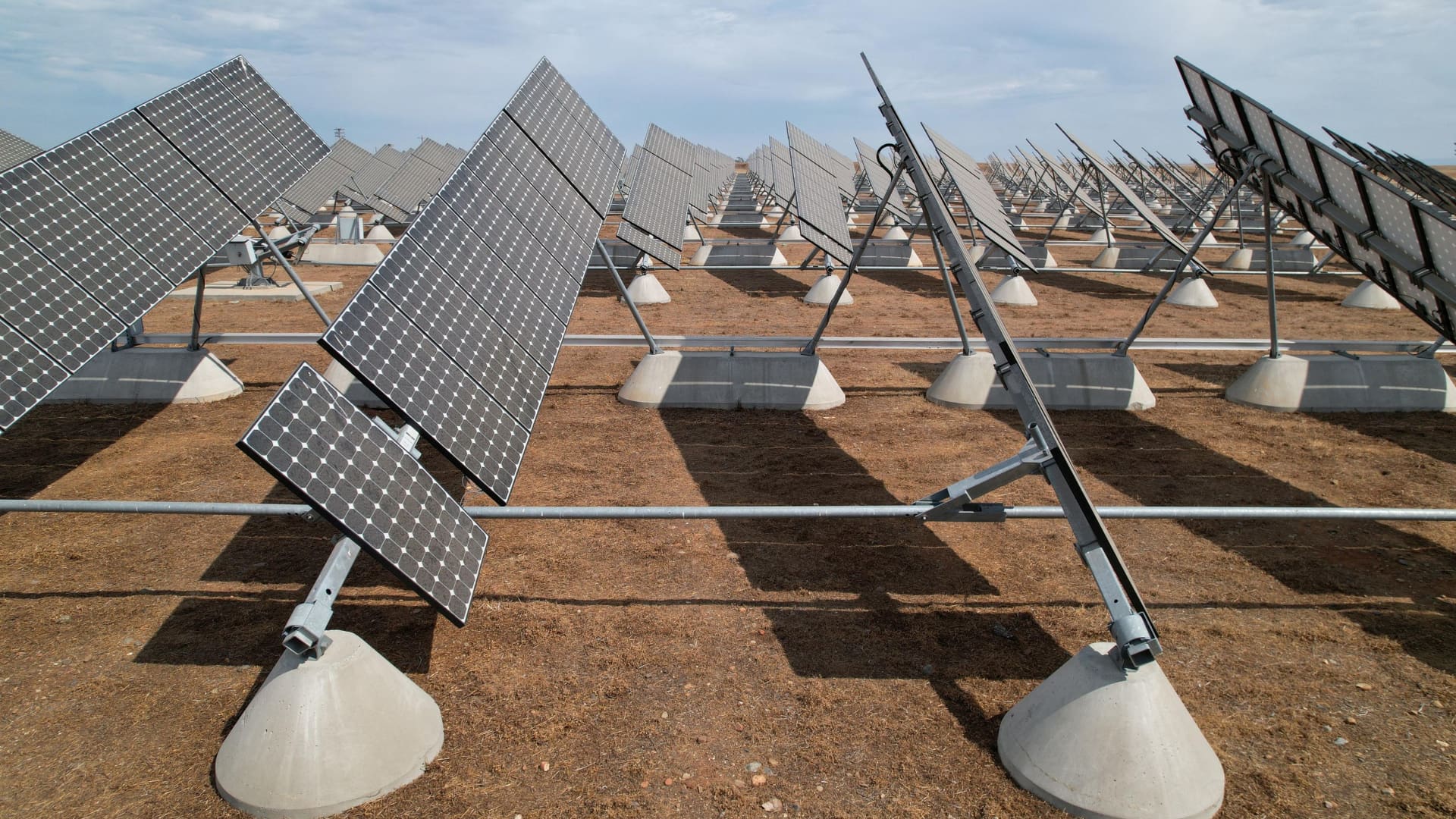Could not decide on a better place to put this information coming from a member of diysolarforum. It is about lithium batteries and their ¨best" use by consumers:
¨In most Li-Ion chemistries, the cathode material is the weakest link. LFP cathode is the most rugged of all lithium-ion batteries. LFP strength is the iron which provides vertical lattice support after most of the lithium has been removed from cathode near full charging. LFP downside is the cathode produces less electrode voltage so cell has less overall voltage. Other Li-Ion cathode lattices become weak and vulnerable to collapse damage when cell is fully charged. This is why EV's avoid fully charging their batteries as it reduces their battery longevity.
LFP electrode potential is almost perfectly flat across its discharge. Most of the SoC voltage change in LFP vs SoC is due to graphite electrode potential change. Graphite electrode potential ranges from about 0.25v at full discharge to near zero volts at full charge. Negative anode potential subtracts from positive cathode electrode potential to yield battery terminal voltage.
The lower overall voltage of LFP also provides more margin to high voltage limit of electrolyte which has greater decomposition breakdown above about 4.3-4.4 vdc of cell voltage.
Most all lithium-ion battery electrolytes and graphite anode is pretty much the same. The improved fire resistance of LFP is due to LFP cathode releases less oxygen when a thermal runaway occurs, bursting the cell.
For LFP, the anode graphite is the weakest link. Graphite expands about 11% in volume when a cell is fully charged. This puts stress on the graphite lattice and fractures the Solid Electrolyte Layer (SEI) which coats the graphite to keep electrons in graphite from escaping into electrolyte which causes chemical decomposition of the electrolyte.
SEI protective layer is regrown during subsequent charging cycles but consumes some of free lithium and electrolyte to rebuild the layer reducing cell capacity over cycles. This is the normal inevitable cause of cell aging. The SEI repair also thickens the SEI layer which increases cell impedance over time causing greater terminal voltage slump for given cell current.
Only LTO cells have greater cycling lifetime on anode. LTO is the negative anode, replacing graphite, and has little expansion due to full charging. Downside is LTO anode has a large electrode voltage which subtracts from positive cathode voltage. LTO cells are usually made with NMC or LFP cathode material. LTO anode and LFP cathode gives the best longevity but lowest cell voltage.
LFP can be run over a wider SoC range than most other Li-Ion chemistries. Stressing of graphite at full charge, and lithium metal creation near negative anode at very deep discharge are the two most damaging abuse factors. High charge and discharge current on LFP cells is more degrading than SoC range but this can be mitigated by electrode thickness of given cell design.
Most of the DIY'er 'blue' prismatic cells are thick electrode design to give highest capacity for weight and volume to the detriment of peak discharge and charging current capability. On these cells it is better not to regularly exceed 0.5C cell current than worry about SoC range.
Many DIY'ers do more damage to their LFP cells by reducing peak charging voltage thinking it helps extend battery longevity which results in cells not getting sufficient cell balancing by BMS causing them to age unevenly. It is okay to do this, but they need balancing periodically, like once every month, to avoid getting too out of balance on cells. Greater discharge and charge current usage accelerated misbalance of cells by amplifying any mismatch between cells.
Match cells are not just cells with same capacity. Matched cells also have similar cell voltage slump (overpotential voltage) for same cell current. Series cells also need to be kept at similar temperature as cooler temps have a big effect on cell overpotential voltage versus cell current.¨
Hi everyone, I've been thinking recently about the topic of optimal battery life settings in an off-grid situation. Like everyone else here, I would like for my batteries to last as many years as possible without compromising "too much" on their convenience. In other words, it's probably more...

diysolarforum.com
Post #3





